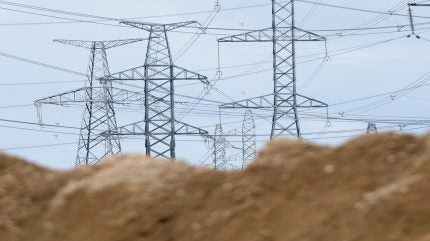
The US is considering alternatives to multibillion-dollar power capacity auctions as demand surges, driven by AI and data centres.
The Federal Energy Regulatory Commission (FERC) will hold a two-day conference in June 2025 to discuss on next steps, as reported by Bloomberg.
There is a current shortfall in power plant construction to meet the increasing demand.
FERC chairman Mark Christie stated: “What could be more important than not having enough power supply to keep the grid on? You can’t get more important than that.”
Christie was appointed to the five-member commission in 2021 and recently chose to lead it.
The US electric grid faces stress from ageing infrastructure, severe weather and the transition to renewable energy. Experts highlight the surge in demand from data centres.
Power-capacity auctions were initially established to ensure a consistent supply but have faced challenges since their inception in the mid-2000s.
Increased stress has led to market volatility, and even record-high prices on the largest US grid have not incentivised developers to build new plants.
A significant focus of the upcoming conference will be the PJM [Pennsylvania-New Jersey-Maryland] Interconnection, where capacity costs rose more than sixfold to $14.7bn in an auction, sparking consumer outrage.
PJM, the largest US grid operator, is experiencing auction delays and rule revisions.
Christie questioned the viability of capacity markets, asking: “What alternatives to the capacity market should even be considered?” He emphasised the need for reliable power at affordable cost.
“If the capacity is not working the way people want it to work, meaning delivering reliable power at a cost that people can afford, then it’s totally appropriate to consider alternatives. And what are those alternatives?” he added.
Shares of independent power producers Constellation Energy and Vistra fell 8.2% and 8.3%, respectively, in New York.
Christie likened the power grid to a lake, stating: “The challenge is keeping enough supply coming in at the other end, and that’s where we’re falling short.”
The electricity grid overseen by PJM is anticipated to experience a substantial surge in demand, spurred by the burgeoning AI sector.
By the year 2035, peak summer demand is projected to increase by 58GW, reaching a total of 210GW – akin to integrating two New England networks.
These facilities are likely to consume energy on a scale similar to that of entire cities, which could place a strain on the existing US electric infrastructure.


